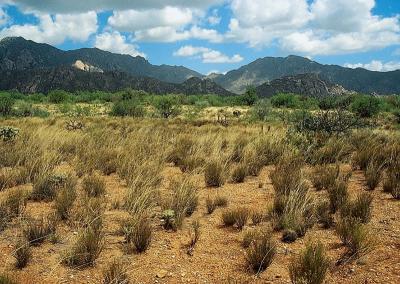Guiding Thought Question: What is a particular physical characteristic that would be advantageous for a plant or animal to have to live in the landscape above? Why would that characteristic be beneficial for that species in order to help it survive?
Today's Learning Objective: Students will examine the connections that animals have with their physical location and how those can be grouped with species from the same area. Students will examine two rules of ecogeography and then test them to analyze how applicable they are to real-world situations.

 RSS Feed
RSS Feed
